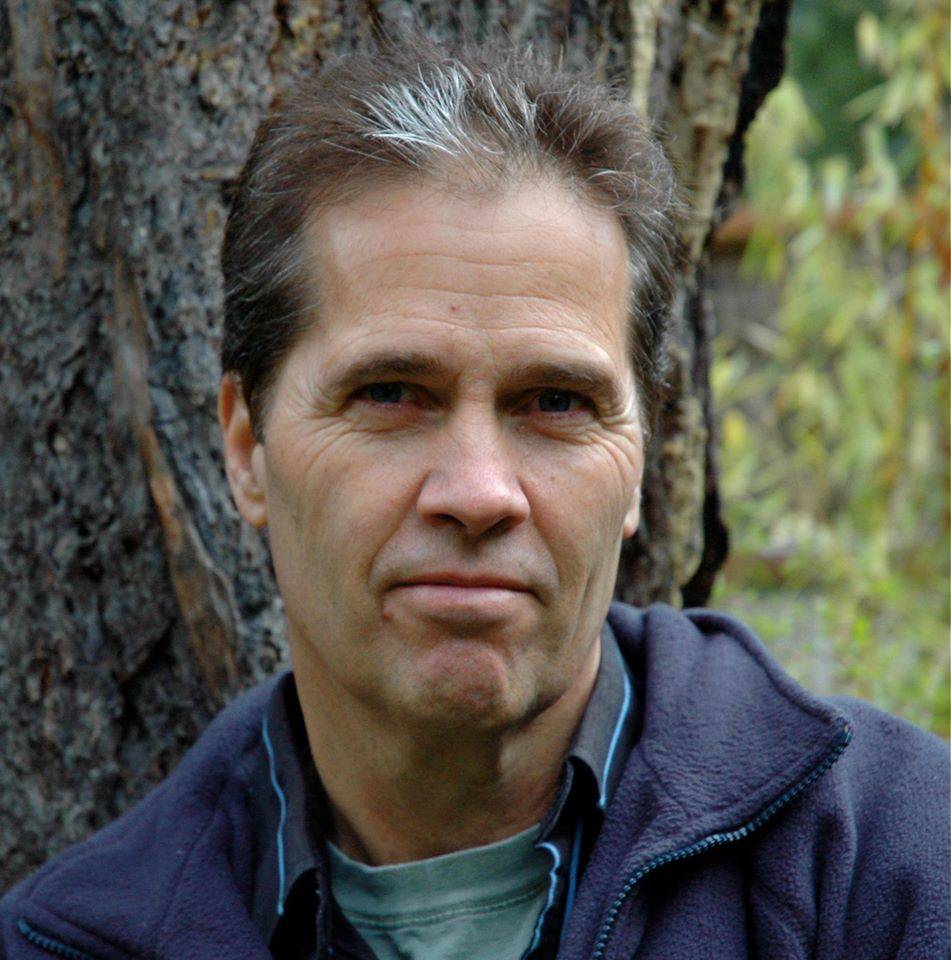Anyone who doubts the power of the tides should never take an old beach truck out on the Kachemak Bay mud on a minus 5.5-foot tide. At least once a year, an incoming tide will surprise someone, swamping a vehicle over the roof and turning it into salt-encrusted junk.
Seasoned mariners know the power of tides, but not everyone understands the subtleties of the forces that in some places cause hardly a ripple and in others set records of a 54-foot, 6-inch tide range, as seen in the Bay of Fundy or Ungava Bay.
Surfer, sailor, environmentalist and author Jonathan White, 61, had his own uh-oh moment when in August 1990 he ran aground his 65-foot schooner, Crusader, in Kalinin Bay while sailing with 11 others on a cruise around the Chichagof and Kruzof Islands.
“The boat got stuck in the mud and didn’t want to come back when the tide turned and instead filled with water,” White said in a phone interview last Monday from his home on Orcas Island, Washington. “Miraculously it bounced back at the last minute.”
That experience led White to ask how exactly tides worked. He thought he would find a simple answer by reading a few books and articles. As if. Three-hundred books later, White has written his own, “Tides: The Science and Spirit of the Ocean” (Trinity University Press, San Antonio, Texas, February 2017, hardcover, $28).
“The more I read, the more complex and fascinating and poetic it became,” White said.
At 6:30 p.m. Friday, Nov. 10, at Kachemak Bay Campus, White speaks about his book and the science and poetry of tides, part of an Alaska book tour with visits to Anchorage, Juneau, Ketchikan, Palmer and Sitka.
While White dives into the oceanographic and astronomical forces that cause tides, he said he took an approach more technical books did not.
“What I wasn’t seeing was bringing in the human story, the very rich poetic story of how the tides are related to people and culture,” he said. “I wanted to bring that all together.”
“Tides” becomes a travelogue, chapters on places in the world where tides have a dramatic impact. For example, at Ungava Bay in northern Quebec, Canada, White harvests mussels with an Inuit elder, Lukasi Nappaaluk — under the ice. During winter when ice builds up and on certain tides, local Inuit chop holes in ice fractures, climb ladders down to the ocean bottom and quickly gather mussels.
“The opportunity to go below opens a couple of hours before low tide and snaps shut when the tide comes in four hours later,” he writes. “This is a window no one wants to miscalculate.”
“Tides” tells of other visits: to Mont Saint-Michel in France, to Venice, to Scotland and Ireland to learn of tidal power generation, and to the Qiantang River in China to see the Silver Dragon, a 25-foot tidal bore.
“I take some elements of the tide and go where it’s most dramatically at play in the world. Each of these places involved a story of me going there,” White said.
Everywhere he went, he found that people who lived near the water have a consciousness about the tides. Homerites aren’t the only people in the world who carry tide books in their pockets.
“They feel attached to it. They love it,” White said. “They’re passionate about it. It’s as much a part of their life as an urban person would be with a car.”
One Inuit elder told White, “I think of the tide as a sister or brother,” he said.
As part of his talk, White shows a short film that illustrates a key mechanism in the dynamics of tides: resonance. In a small chapel, tin cans have been set up with plastic stretched over the top and salt placed on it. A group of musicians begin playing, and as they play, the salt bunches up on various cans depending on the instrument played and the can’s placement. Each can represents a region on the earth, and the instrument the various forces — mainly the sun and the moon, but as many as 400 factors — that influence the tides.
“One of the things is if you stir the pot enough, one of the things you get down to is vibration,” he said. “You can distill the movement of the sun and the moon and the earth down to beat. … Every one of them has a tendency to resonate with certain beats.”
For example, because of its size, the Pacific Ocean basin is most resonant with the sun, “because the sun is a big, long low beat,” he said.
“That’s why you get these crazy mixed tides, but that’s also why you get one tide a day in Tahiti but four tides a day in Ireland. It gets crazy when you unpack one place.”
When you have all the beats — all the influences — landing at the same moment, you get a big tide, White said.
How those beats move through an area is called oscillation.
“Everything has that: a piece of wood, your body, your chest,” he said. “A chair has a natural period of oscillation.”
That’s why the Bay of Fundy has such big tides: its oscillation of 13 hours matches the 12 hours, 25 minutes cycle of the moon.
“The Bay of Fundy is coming into perfect resonance,” White said.
On his book tour and talks, White has made more than 90 presentations.
“Inevitably somebody finds something surprising about the tides that blows their mind,” he said.
But he also finds misunderstandings, particularly among tourists. When he visited the Bay of Fundy, he asked a curator at a museum what was the most interesting story he’d heard. The curator said that a tour group came in, but their bus got delayed and they’d missed the tide.
“One of them said, ‘Can’t you just close the valve for a little bit longer?’” the curator told White.
Reach Michael Armstrong at michael.armstrong@homernews.com.


